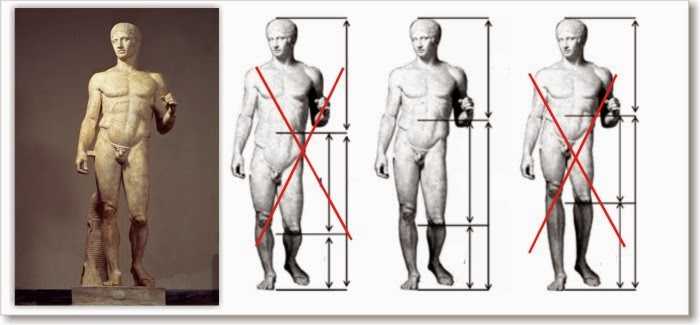The principles of design help you to carefully plan and organize the elements of art so that you will hold interest and command attention. This is sometimes referred to as visual impact.
In any work of art there is a thought process for the arrangement and use of the elements of design. The artist who works with the principles of good composition will create a more interesting piece of art it will be arranged to show a pleasing rhythm and movement. The center of interest will be strong and the viewers will not look away, instead, they will be drawn into the work.
A good knowledge of composition is essential in producing good artwork.
viernes, 8 de noviembre de 2013
Principles of Art and Design: UNITY AND VARIETY
Unity is described as a sense of wholeness or oneness that is present when all parts of an art form work together. The concern if for the total form rather than individuals parts.
Variety is contrast of colour, different shapes or variations of lines or textures can create some interest and excitement.
Principles of Art and Design: PROPORTION
Proportion is a principle of art that describes the size, location or amount of one element to another (or to the whole) in a work.
It has a great deal to do with the overall harmony of an individual piece.
Proportion also may be the relationship of the size of an artistic artifact (painting, sculpture, design, etc.) with the human being. That is the Scale.
Principles of Art and Design: RHYTHM
Rhythm result from the organized repetition of an element or elements in a work of art.
Three methods of creating rhythm:
1. Repetition
2. Alternation
3. Progression
Principles of Art and Design: EMPHASIS
Emphasis is the part of the design that catches the viewer's attention. Usually the artist will make one area stand out by contrasting it with other areas. The area could be different in size, colour, texture, shape, etc.
Principles of Art and Design: BALANCE
Balance is the distribution of the visual weight of objects, colours, textures, and space. The elements should be balanced to make a design feel stable… or not.
2. Asymmetrical balance often conveys a sense of movement since the elements of the composition are unbalanced.
- Symmetrical balance conveys a sense of stability.
2. Asymmetrical balance often conveys a sense of movement since the elements of the composition are unbalanced.
Elements of Visual Language: TEXTURE
The surface quality of an object that we sense through touch.
All objects have a physical texture. Artists can also convey texture visually in two dimensions.
- In a two-dimensional work of art, texture gives a visual sense of how an object depicted would feel in real life if touched: hard, soft, rough, smooth, hairy, leathery, sharp, etc. Artists use color, line, and shading to imply textures.
- In three-dimensional works, artists use actual texture to add a tactile quality to the work.
Elements of Visual Language: COLOUR
Light reflected off objects.
- Colour has three main characteristics:
- HUE (red, green, blue, etc.) ----> Tono
- VALUE (how light or dark it is) ----> Valor
- INTENSITY (how bright or dull it is) ----> Saturación.
2. Colours can be described as warm (red, yellow) or cool (blue, gray), depending on which end of the colour spectrum they fall.
3. Value describes the brightness of colour. Artists use colour value to create different moods (estados de ánimo).

3. Value describes the brightness of colour. Artists use colour value to create different moods (estados de ánimo).
- Dark colours in a composition suggest a lack of light, as in a night or interior scene. Dark colours can often convey a sense of mystery or foreboding.
- Light colours often describe a light source or light reflected within the composition.
4. Intensity describes the purity or strength of a colour.
5. Bright colours are undiluted and are often associated with positive energy and heightened emotions.
6. Dull colours have been diluted by mixing with other colours and create a sedate or serious mood. (Apagado )

Elements of Visual Language: VALUE
Value is the degree of light and dark in a design.
It is the contrast between black and white and all the tones in between.
Value can be used with colour as well as black and white. Contrast is the extreme changes between values.
Elements of Visual Language: SPACE
Space in a work of art refers:
A) to a feeling of depth or three dimensions. (Real space is three-dimensional).
- The illusion of space is achieved through perspective drawing techniques and shading in Western tradition.
B) to the artist's use of the area within the picture plane.
- The area around the primary objects in a work of art is known as negative space, while the space occupied by the primary objects is known as positive space.
Elements of Visual Language: SHAPE AND FORM
Shape and Form define objects in space.
- Shapes have two dimensions–height and width–and are usually defined by lines, which can provide its contour.
- Forms exist in three dimensions, with height, width, and depth. Three-dimensional form is the basis of sculpture, furniture, and decorative arts. Three-dimensional forms can be seen from more than one side.
Suscribirse a:
Comentarios (Atom)











.jpg)












.jpg)




.jpg)







.jpg)
.jpg)
.jpg)
.jpg)










